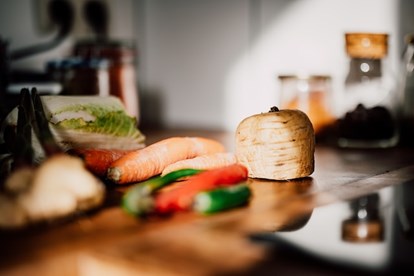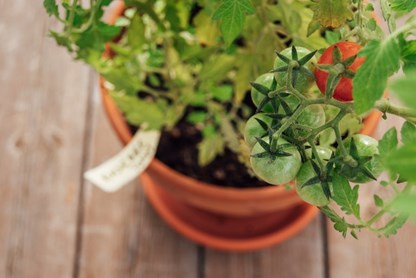How to eat healthily on a budget
Read our top 10 tips for making healthy food choices that are budget-friendly.
With the cost of food at an all-time high, eating healthy on a budget can be tough.
However, taking the time to plan and think about shopping can be beneficial and can bring down food costs.
Read our top 10 tips for making healthy food choices that are budget-friendly and can help to reduce your risk of weight gain, type 2 diabetes and other long-term health conditions.
1. Plan ahead
Before you head to the supermarket, plan your meals for the week. Write a list of the essentials you need to buy and what fits your budget, and stick to it. Try to pick recipes that allow you to cook in bulk or use foods and seasonings you already have at home. Planning ahead also allows you to think about reducing your food waste.
2. Nutrition Labels
Learn and know how to read nutrition labels to help cut down on calories, sugar, cholesterol, sodium and saturated fat per serving. Don’t be fooled by offers on high sugar and processed foods, as they can contribute to poor oral health and weight gain. There are some great apps that can assist you with reading labels for a quicker way to know your nutritional values.
3. Freeze leftovers
Do you often have leftovers from your meals or leftover bread? A good way to make food last longer is to freeze it. You can prepare meals in large portions and freeze them for another day. Sliced bread, muffins, crumpets and buns won’t go mouldy or stale if you store them in the freezer, you can then just take out what you need at the time. Freezing is also a good way to take advantage of end of the day offers on wholegrain bread which can last up to a week.
4. Utilise leftovers
Almost any leftover vegetables can be made into soups. As well as stews and curries, soups are a good way to get more vegetables in. This can be cheaper and healthier than buying soup or sauces, as you can make them without adding salt. Tip: add herbs or spices instead of salty stock.

5. Buy frozen or canned foods
Canned or frozen fruits and vegetables are just as nutritious as when fresh. They still count towards your 5-a-day, can be cheaper (especially with items like berries,c herries and mango chunks), and also help to avoid waste. Just be sure to drain out the water and juices from the tins where possible, as they contain more salt and sugar than we need.
6. Bulk buy
Buy items, including meat, in large bulk packages to save money. Many cultural stores sell staple foods in bulk that are cost-effective per 100g, such as 20kg rice, flour and dried pulses, grains and beans. When buying meat, freeze portions you might not use immediately to prevent spoiling. Also, look for offers during festivals on bulk buys to save more money.
7. Grow your own
If you have access to a garden, why not try to grow veg that can be added to meals or eaten as healthy snacks? Cucumbers, tomatoes, and celery are common vegetables that grow in small areas in lower temperatures. Why not visit a local allotment to see how fresh produce are grown locally? Or you could join a gardening group to learn more about planting your own vegetables.

8. Brands
Branded products of everyday foods like cereals, sauces and spreads can be significantly more expensive than non-branded products. Compare prices per 100g to ensure you get the best deal. The price tags on supermarket shelves will give you this information and allow you to compare different-sized packs. Larger packs are often better valued per 100g.
9. Buy fruits and veggies in season
Fruit and veg not only taste better when in season, but they’re also usually cheaper because you're buying them when they’re in abundance.
10. Bulk on protein
Generally speaking, the cheapest proteins to buy are plant proteins such as tofu, beans and lentils. As a bonus, they are also lower in saturated fat than meat. If/when you do buy meat, look for specials at the meat counter and buy meat on sale for cost savings or as mentioned above, buy in bulk and freeze portions you won't use.
If you're struggling to afford food, you can find a Food Bank or get support here.




